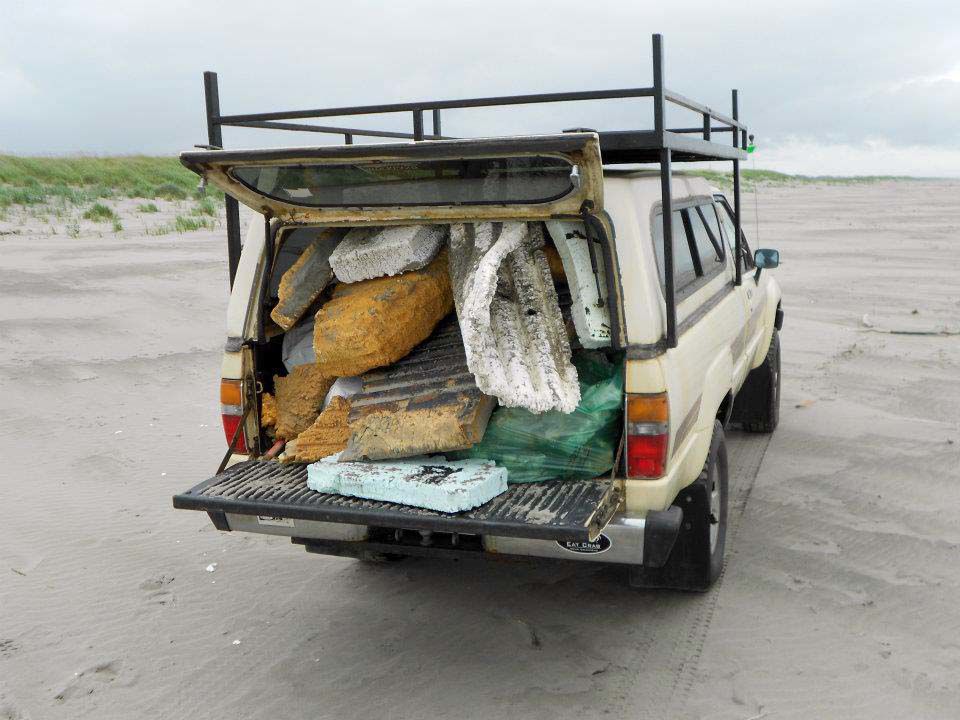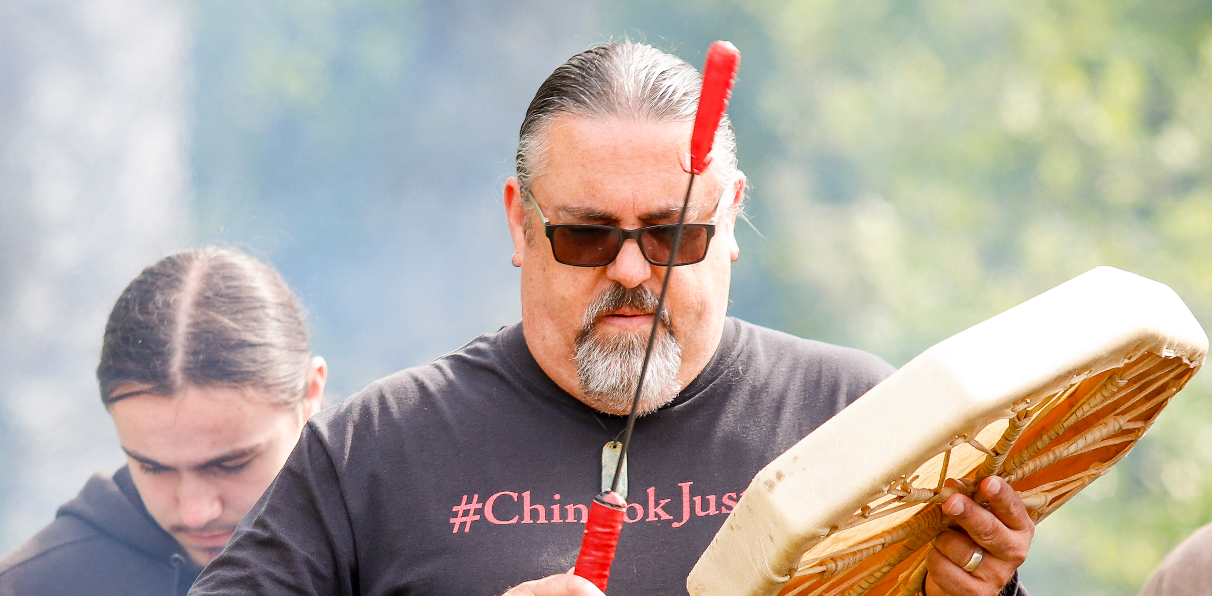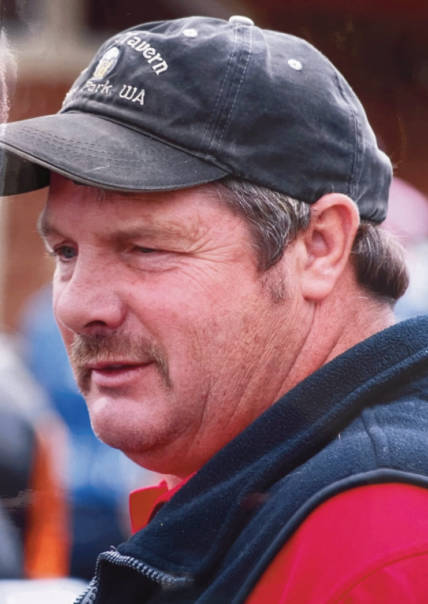Keeping our beaches clean
Published 4:00 pm Wednesday, January 16, 2013

- <p>A truckload of debris fills the car of GRGG-volunteer Russ Lewis – a common occurrence during beach cleanups.</p>
Imagine an empty plastic water bottle sitting on a food-laden picnic table. A gust of wind sweeps it away before anyone notices. Late afternoon rain washes it into a river-bound storm drain. The bottle takes a journey of several weeks to the ocean where currents carry it to the Great Pacific Garbage Patch, a massive debris field located halfway between Hawaii and California. Trapped in the circular currents for several years, it doesnt biodegrade but slowly breaks down into tiny, toxic fragments. As those fragments sink lower into the water column, passing lantern fish ingest them. Tuna eat the lantern fish, a trawler nets the tuna, and the plastic returns to land again as dinner.
Trending
Birds, such as the albatross, are also drawn to small, brightly colored pieces of plastic. Mistaking trash for food, they feed it to their young. Scientists who study dead seabirds often find their stomachs loaded with plastic, everything from lighters to bottle caps to toys, which can damage the birds digestive tracts or impede their ability to absorb nutrients, eventually killing them.
Large pieces cause problems too. Sea turtles swallow plastic bags, misidentifying them as jellyfish, or get entangled in old fishing nets or the plastic rings used to hold six packs together.
Plastic is everywhere, and it never goes away. If you go for a walk on the beach tonight, venture toward the tide line. Tangled among the seaweed and crab shells, youll find a lot of trash, much of it plastic.
Trending
Since winter storms bring large portions of the garbage patch to shore, this is a great time of year for a cleanup. Volunteers now have the chance to pick up some of the pieces before they become too small to collect.
Shelly Pollock, organizer of the GrassRoots Garbage Gang, got her start with beach cleaning thanks to a young relative. My inspiration was my niece, my youngest niece, whos now 19 and engaged. Twelve years ago, maybe, we were walking on the beach New Years Day, Pollock says. We were walking over the high tide line, and there was a lot of debris we had to step over to get to the water. She looked up and said, Oh, I’m so sorry! Nobody cares about your beach. Pollocks resolution that year: to show she did care by doing her part to keep the beach clean.
A few months later, Ellen Anderson made her own resolution. It was the first year I experienced the unbelievable ugly aftermath of July 4th, she says. I resolved to restore the beach to its natural state no matter what it took to do it.
Appropriately, the two met on the beach. We both had big bags of garbage, and we spotted each other from a distance, Anderson recalls. Obviously, similar minds had to meet and agree that theres gotta be a community out there that cared.
From their joint dedication, GRGG grew. Its evolved over the years, Pollock says, and its not just any one person. Its a huge community effort, so I find it to be rewarding on a number of counts. One, you feel better because you have a clean beach, and it looks good; you know youve done something for the environment and the birds; youve gotten to know your neighbors. I think its a big community builder, frankly. And I love that its not controversial. Everybody supports it.
The Gangs first organized cleanup had about 12 volunteers. We had two pick-up trucks, and we picked up 900 pounds of garbage in the wind and rain, Pollock says. It was terrible outside, but logistically, we just wanted to figure out if we could do it before we invited more volunteers in. Because if you dont do it right, your volunteers wont come back. They want to know their times well-utilized. We never want somebody to come and not have a good experience or feel like their effort wasnt needed.
The cleanups now have hundreds of volunteers, a truck brigade to help haul trash to dumpsters, ham radio operators at every major beach approach for quick communication and coordinators who supply volunteers with bags and direct them to areas where their help is most needed. The coordinator main job is to embrace every volunteer who comes in and tell them how much we love them because we do, Pollock says.
SOLVE has been caring for Oregons environmental health since 1969. Jeneé Pearce-Mushen, SOLVE’s Cannon Beachs liaison, organizes several beach cleanups every year. Volunteers from all over the world pitch in to help. Cannon Beach has been mentioned in the news in Germany, France and Japan during 2012 for all that SOLVE and the city of Cannon Beach have done to help protect our environment, which protects our children, Pearce-Mushen says. The new generation will help keep our oceans and planet clean.
Ultimately, the goal is not just to clean oceans and beaches, but to find alternatives to plastic. Were happy, says Pollock of the cleanup efforts, but we can still innovate. Programs like CARTM in Manzanita are innovating new ways to recycle and reuse things that would normally get thrown away by turning them into art or revitalizing them for resale.
Margaret Mead once said, Never doubt that a small group of thoughtful, committed citizens can change the world; indeed, its the only thing that ever has. From 1984 to 2006, SOLVE volunteers removed more than 1,000 tons of trash from Oregon beaches. GRGG has gone from picking up 900 pounds of garbage during its first cleanup to more than 20 tons in 2012. Our effort is so grass-roots I feel so inspired every time we all work together, Anderson says. People are attracted to this location, due to the beach, for their home or vacation, so why wouldnt we strive for the best, cleanest beach environment on the coast?









